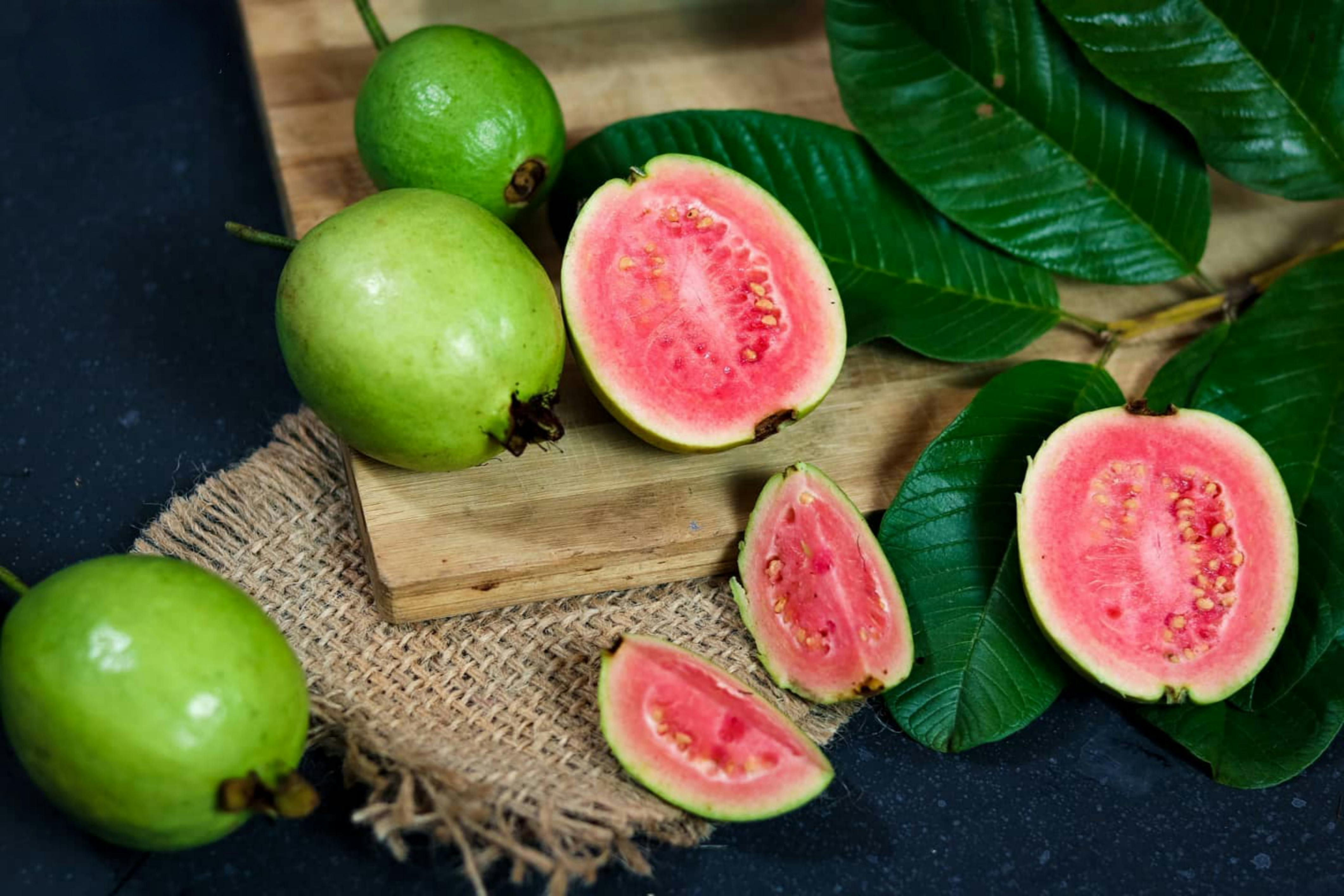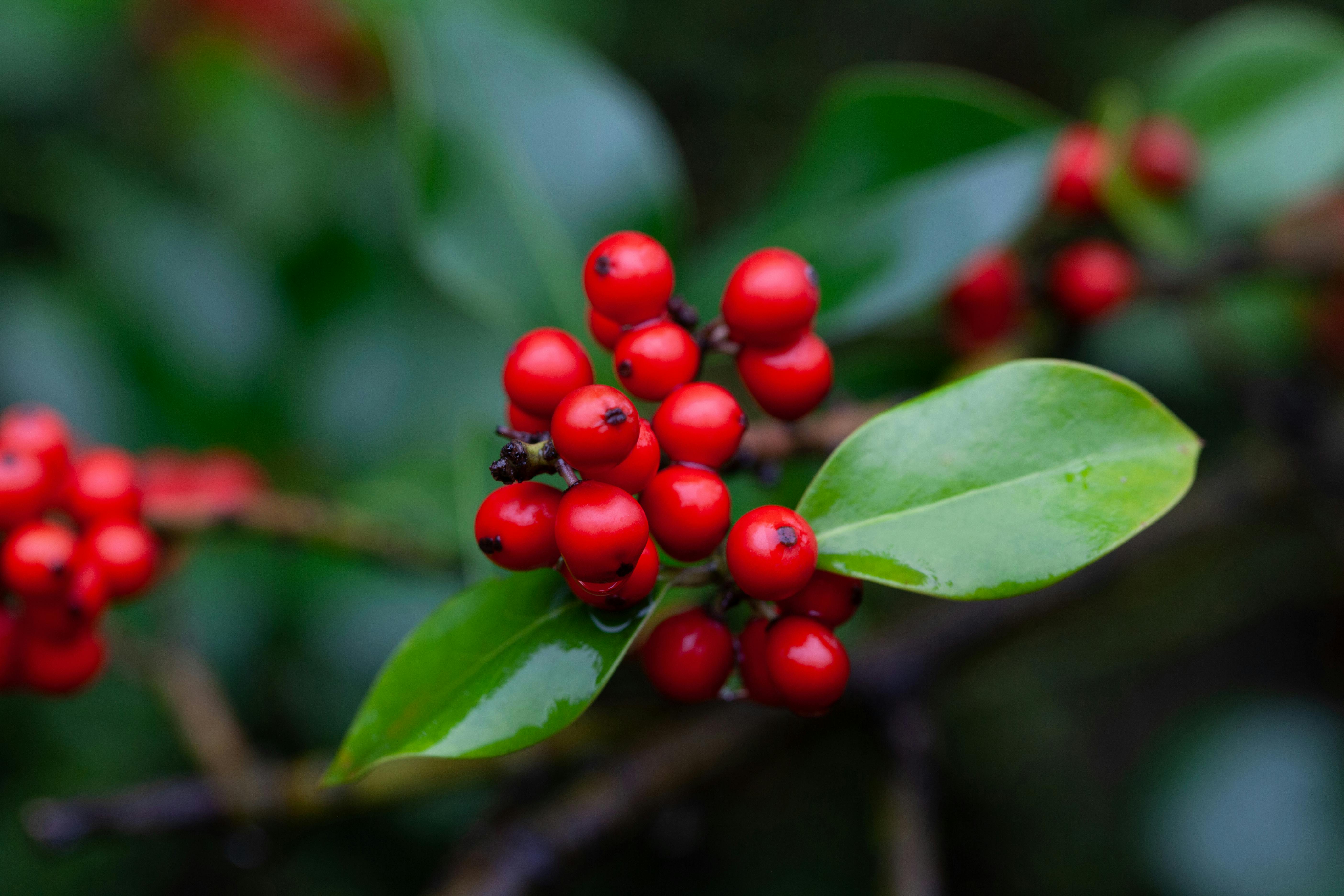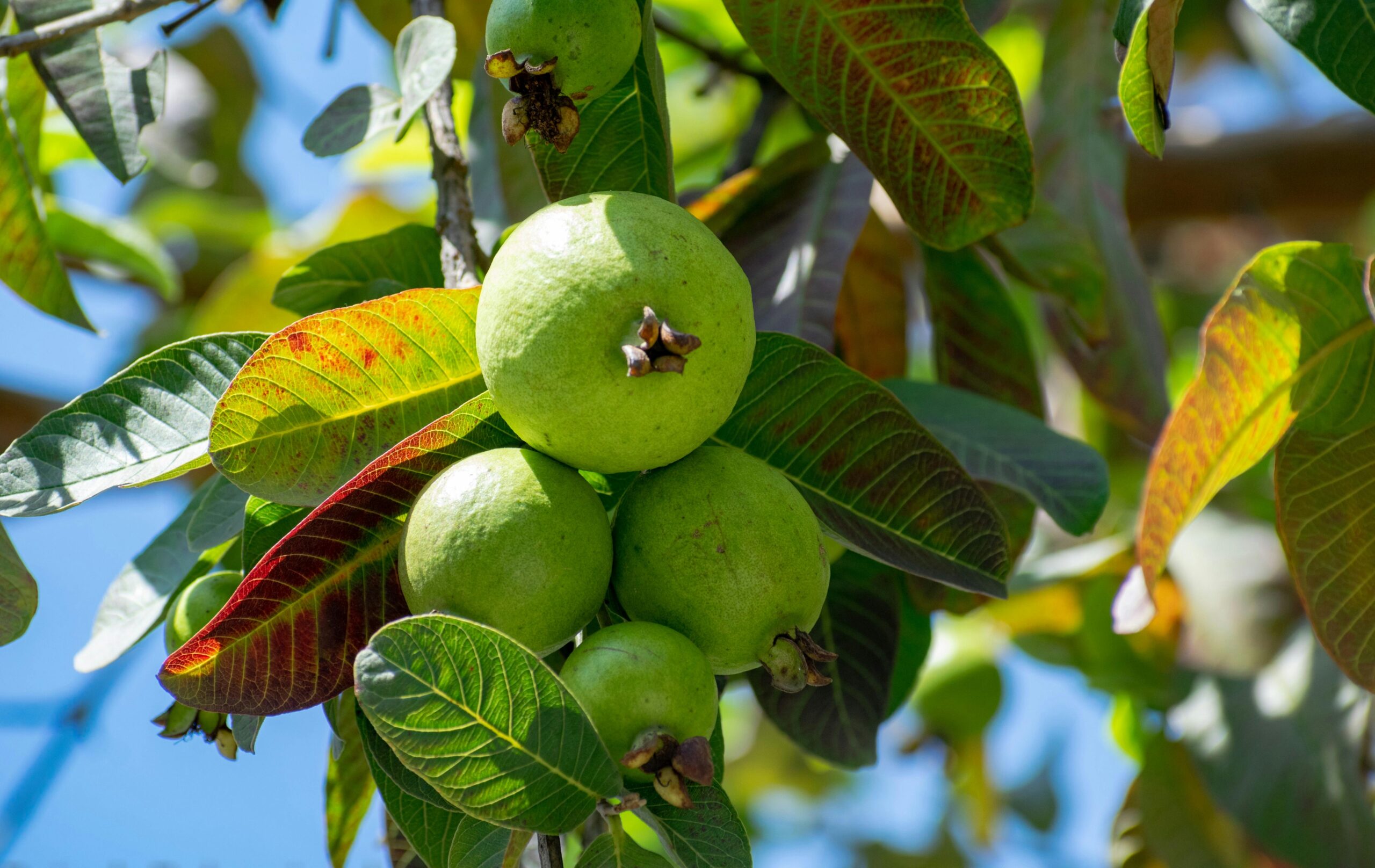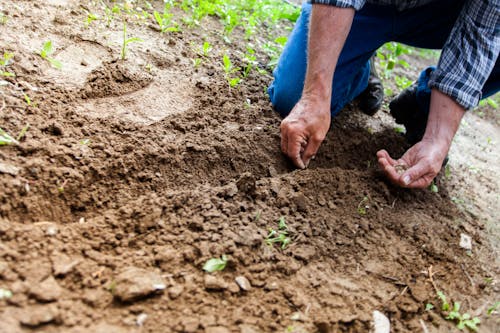Planting a Guava Fruit Tree: A Comprehensive Guide
Introduction

Guava fruit tree planting is a rewarding endeavor that allows you to enjoy the sweet, tropical flavors of homegrown guavas right in your backyard. Whether you’re a seasoned gardener or a novice enthusiast, cultivating a guava tree can be a fulfilling experience. In this guide, we’ll walk you through the steps to successfully plant and nurture your very own guava fruit tree, from selecting the perfect location to harvesting ripe, juicy guavas.
Choosing the Right Location for Planting
Before diving into the planting process, it’s crucial to select the optimal location for your guava tree. Consider sunshine exposure, soil quality, and space limits. Guava trees thrive in full sun and well-drained soil, so choose a spot in your garden that receives ample sunlight throughout the day.
Preparing the Soil
Once you’ve determined the best place, it’s time to prepare the soil for planting. Start by conducting a soil test to assess its pH levels and nutrient content. Guava trees prefer slightly acidic soil with a pH range of 5.0 to 7.0. Amend the soil as needed, adding organic matter such as compost or aged manure to improve fertility and structure. Ensure good drainage to avoid waterlogging, which can cause root rot.
Selecting and Purchasing Guava Trees
When selecting a guava tree, opt for a reputable nursery or garden center that offers healthy, disease-free saplings. Choose a variety suited to your climate and preferences, whether it’s a common variety like ‘Pink Supreme’ or a more exotic cultivar. Inspect the saplings for signs of vigor, including sturdy stems, healthy leaves, and well-developed root systems.
Planting Process
To plant your guava tree, dig a hole twice as wide and as deep as the root ball. Gently remove the sapling from its container and place it in the center of the hole. Backfill the hole with soil, gently firming it around the base of the tree to eliminate air pockets. Water thoroughly to settle the soil and encourage root growth.
Watering and Fertilizing

Establishing a regular watering routine is essential for the health and growth of your guava tree, especially during the first year after planting. Water deeply and infrequently, allowing the soil to dry out slightly between waterings. Apply a balanced fertilizer formulated for fruit trees according to the manufacturer’s instructions to provide essential nutrients for growth and fruit production.
Pruning and Training
Pruning is an important aspect of guava tree care, helping to shape the tree and promote healthy growth. Begin by training young trees to encourage a strong, open canopy structure. Remove any dead, diseased, or crossing branches, and prune to maintain an open center for improved air circulation and sunlight penetration.
Pest and Disease Management
While guava trees are relatively pest and disease-resistant, they may still encounter occasional issues. Keep an eye out for common pests such as fruit flies, scale insects, and aphids, and take proactive measures to control infestations. Practice good sanitation and hygiene in the garden to minimize the risk of disease, and promptly remove any affected plant material.
Harvesting Guava Fruit
As your guava tree matures, you’ll be rewarded with an abundant harvest of ripe, flavorful guavas. Monitor the fruits regularly for signs of ripeness, such as a change in color and slight softening to the touch. Harvest the guavas by gently twisting them from the stem or using pruning shears to cut them from the tree. Enjoy fresh guavas straight from the tree or use them in a variety of culinary creations, from smoothies to desserts.
Conclusion
Planting a guava fruit tree is a fulfilling endeavor that allows you to enjoy the tropical flavors of homegrown guavas while enhancing the beauty and biodiversity of your garden. By following the steps outlined in this guide, you can successfully cultivate a healthy and productive guava tree that will delight you for years to come.
FAQs
- Q: How long does it take for a guava tree to bear fruit?
- A: Guava trees typically begin to bear fruit within 2 to 4 years after planting, depending on the variety and growing conditions.
- Q: Can guava trees tolerate cold temperatures?
- While guava trees prefer warm, tropical climates, some varieties can tolerate brief periods of cold temperatures down to 25°F (-4°C) with proper protection.
- Q: How often should I fertilize my guava tree?
- A: Fertilize your guava tree three times a year, in early spring, midsummer, and early fall, with a balanced fertilizer formulated for fruit trees.
- Q: Do guava trees attract pests?
- A: Guava trees are relatively pest-resistant but may attract fruit flies, scale insects, and aphids. Monitor your tree regularly and take prompt action to control pest infestations.
- Q: Can I grow a guava tree in a container?
- A: Yes, guava trees can be grown in containers, making them suitable for small gardens, patios, or balconies. Choose a dwarf variety and use a well-draining potting mix to ensure success.



